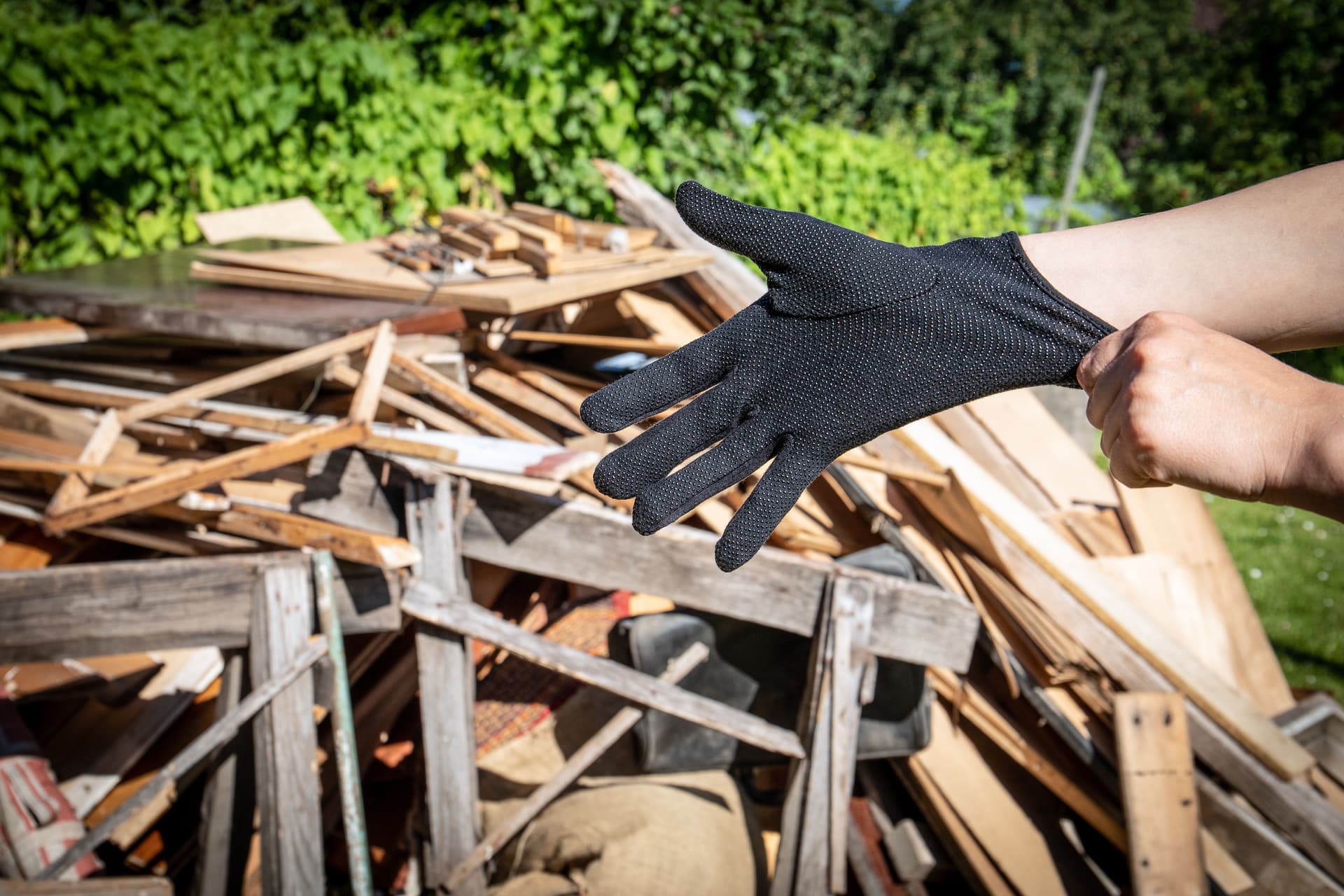- Home
- Blog
- The Biggest Safety Hazards on Construction Cleanups (And How Professional Debris Removal Prevents Them)
The Biggest Safety Hazards on Construction Cleanups (And How Professional Debris Removal Prevents Them)
Explore common construction cleanup hazards and discover how professional debris removal services ensure safety and compliance on job sites.

Construction sites are full of hidden dangers long after the main building work is done. What many people don’t realize is that the cleanup phase is one of the riskiest parts of the entire project. Sharp debris, unstable piles, nails, dust, and heavy materials can cause serious injuries if handled incorrectly.
Here’s an informative breakdown of common hazards during debris cleanup and how professional debris removal services — like Roa Solution Junk Removal — help keep job sites safe and compliant.
1. Sharp Objects & Puncture Hazards
Construction debris often contains:
Nails
Screws
Rebar
Broken glass
Splintered wood
Jagged metal
These can cause deep cuts, infections, or puncture wounds.
How Pros Prevent This
Use steel-toe boots, thick gloves, and cut-resistant gear.
Perform sweep-downs and magnet runs to remove nails from soil.
Sort materials safely instead of tossing everything into one pile.
2. Heavy Lifting & Improper Handling
Concrete chunks, appliances, wood beams, and drywall piles can weigh hundreds of pounds. Improper lifting can lead to:
Back injuries
Muscle tears
Dropped materials
Crushed fingers or toes
How Professionals Reduce Risk
Use dollies, carts, straps, and team lifts.
Break down materials into manageable loads.
Follow OSHA lifting techniques.
3. Trip, Slip, and Collapse Hazards
Loose debris piles are unstable. When materials are stacked incorrectly, they can shift and collapse unexpectedly.
Why This Matters
Falls are the #1 cause of injury on construction sites.
How Pros Keep Sites Safe
Clear walkways during cleanup.
Stabilize piles before loading.
Remove debris in layers so materials don’t avalanche.
4. Airborne Dust & Respiratory Hazards
Cleanup stirs up:
Sawdust
Drywall dust
Insulation fibers
Concrete particles
Silica dust (known to cause lung disease)
What Professionals Use
Dust masks or respirators
Controlled sweeping or vacuuming
Minimizing airborne dust during loading
Proper disposal of insulation and silica-containing material
5. Hazardous Materials Hidden in Debris
Some materials require special handling:
Lead-painted wood (common in pre-1978 homes)
Treated lumber
Old electrical components
Chemical containers
Certain adhesives and solvents
California has strict disposal rules — improper dumping can lead to fines.
How Pros Handle It
Identify hazards before loading
Separate restricted materials
Deliver them to approved facilities
6. Overfilled Dumpsters & Improper Transport
Improper loading causes debris to:
Fall off trucks
Shift mid-transport
Create road hazards
How Professionals Ensure Safe Hauling
Distribute weight evenly
Secure loads with straps/tarps
Use vehicles rated for heavy debris
Follow California DOT transport rules
7. Why Hiring a Professional Cleanup Crew Matters
A certified debris removal team ensures:
Faster cleanup
Safer working conditions
Full compliance with local disposal laws
Recycling of materials whenever possible
A cleaner, hazard-free job site
For homeowners and contractors, this means fewer delays, fewer injuries, and a smoother final inspection.